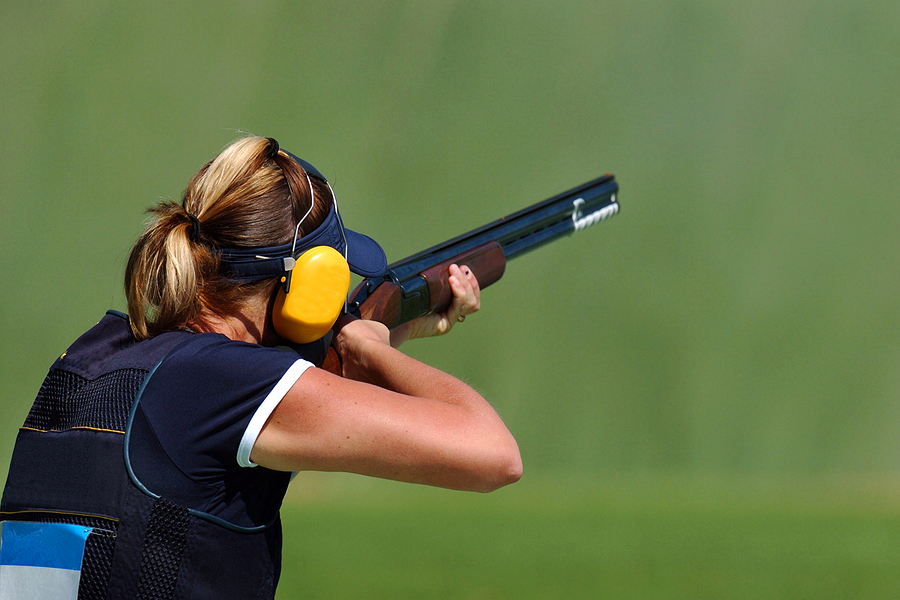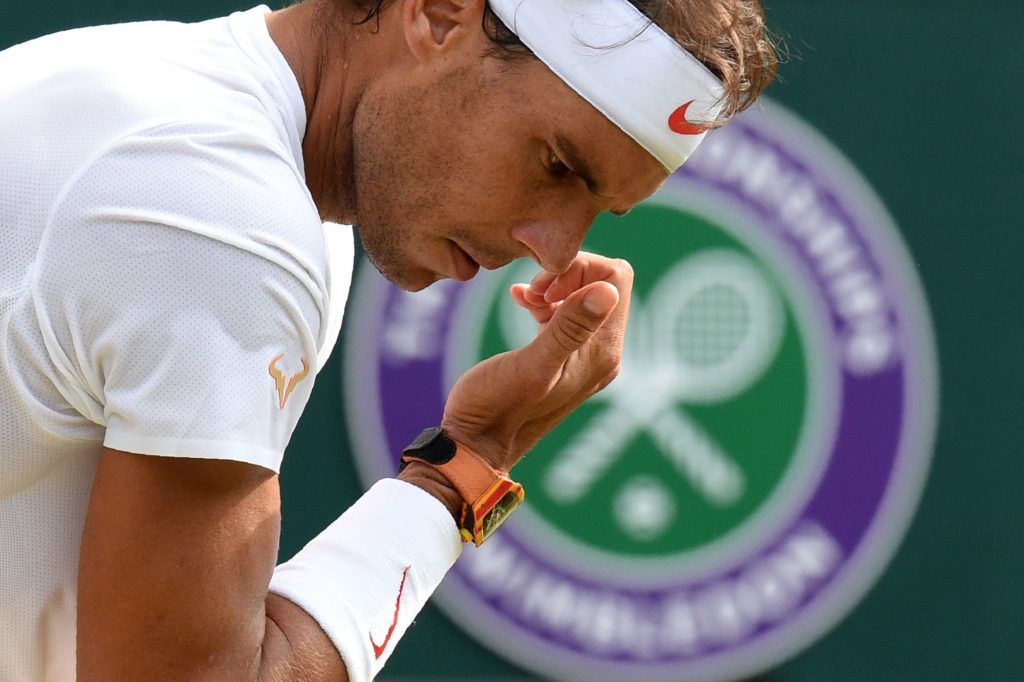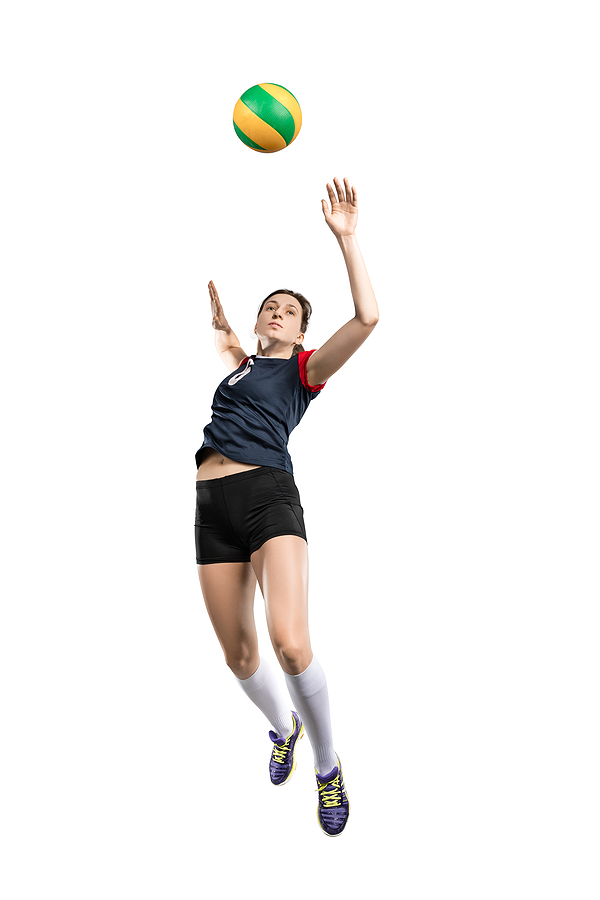
What Are Post Competition Reviews?
Recently, I received an excellent question from one of our monthly clients regarding post-competition reviews. This person competes in an individual sport and has just finished a big weekend of racing… living the dream. A disappointing overall result was causing great frustration, and they were second-guessing themselves as a racer and wondering exactly where all the hard work this season was leading them.
They realised this was in complete contrast to a competition only one week before, where a strong result prompted positive emotions and had them feeling optimistic about the future. Many of our discussions had been about taking a consistent approach before every competition, and their question was how they should approach the hours and days following a competition – win, lose, or draw.
The first thing we reflected on was enjoyment and ensuring that they did not lose sight of what drew them into the sport in the first place. These things have kept them participating and want to maintain this in the long run. Given that they compete in a physically brutal sport, we distinguished between the fun elements (e.g., the things that elicit a big smile) and the deeper, more meaningful elements (e.g., the things that make them proud and challenge them).
Self-Reflection Is Key
Next, we reflected on the nature of the results themselves. No matter how easy or difficult, we can only influence results to a certain degree. We can impact the various outcomes in our chosen sport (a fast lap time, winning a heat, making a podium, being selected in a representative team), but we can never guarantee them. This isn’t to give ourselves an excuse for a disappointing performance or pretend that it doesn’t matter to us but to bring our focus back to our weekly effort so that we can keep improving and ultimately shift results in our favour.
We then spoke about strategies for emotional release. Emotions are neither good nor bad – they are a primitive way of understanding our experiences. Of course, I would rather feel happy than sad, but that doesn’t make happy ‘better’ than sad. The key thing is the intensity of the emotion and how we manage it. Most athletes do think about – and practice – regulating their emotions in the lead-up to a competition or when performing. Most athletes don’t consider how to handle intense emotions (desirable or unwanted) once they have finished competing.
Whatever works for you in the lead-up to a competition is probably a good place to start in learning to handle yourself post-competition. As a general rule, feelings are expressed through the body, so often the quickest and easiest way to release that emotional ‘steam out of the kettle’ is by physical means such as deep breathing, movement, warm-downs, physical focus points such as stretching, or sensory stimulation such as showering. No matter the emotion you are experiencing, work on empowering yourself by releasing the emotion on your terms. Unreleased emotions can be problematic in the long term.
A Possible Framework for The Analysis Of Performances
Next, we discussed a specific framework for reviewing competitions mentally. We put aside important physical considerations such as fitness, strength and conditioning, training loads, flexibility, amount and quality of sleep the night before performing. Then, we set aside non-sporting factors such as family, friendships, school, work, finances and life stressors. We also put aside technical aspects of the performance (the biomechanics and tangible skill execution within races). Finally, we also set aside tactical considerations (decision-making) as these are issues that are constantly being reviewed by the coaching staff. This left us with the following categories, to which I posed the following questions:
Commitment:
How strong was your desire to perform well in this competition? How much importance did you place on this weekend’s events? Looking back, what signs tell you that your heart was really in it? If we were to say this was just another set of races in a long career, why did you push yourself to do your best again? How are you rewarding yourself for putting in so much hard work? Can you put into words what makes weekends like this so special, especially when things do go to plan?
Concentration:
How well could you focus on what you wanted to focus on? What things captured your attention before, during and post-race? Were you aware of this happening? Have you practised dealing with distractions? What are a few simple but relevant things you can focus on when next competing?
Confidence:
If confidence is knowing that you can do something before you try, where is the evidence (e.g. through practice and past competitions) that tells you what is possible? How well can you feel what you want to before and during races? Do you have a Plan B for when you don’t feel confident just before the green light?
Communication:
What messages were you sending yourself? What messages were you sending other people (verbally and non-verbally)? Were these deliberate? Have you practised them? Do you have a sense of how effective they are?
Consistency:
Were your thought processes systematic, simple, clear and well-rehearsed? Were you viewing external factors such as opponents, officials, weather conditions, equipment, facilities and spectators in a manner that suits you and your individual needs?
Culture:
How were you viewing your coaching staff, support crew, team members, and the wider group of athletes coming together? What was your sense of connection and belonging like? Are you feeling part of a broader community, and does this need to be worked on somehow?
Summary
Like so much in elite and competitive sports, Post Competition Reviews can only really be considered useful or not when we look at how they’re done. In my experience, these reviews are too often used for the coaching staff to vent about poor results and performances. The Monday morning horror show of the weekend’s mistakes being edited and spliced together. Why? To show the players how they f*%$ed up so they won’t do it again 🤬.
I hope this short article gives readers insight into a potentially better way.
If you’d like one of our psychologists’ assistance with your performance, complete one of our four Mental Toughness Questionnaires here. A member of our team will be in touch with you to discuss options normally within two or three business days.





